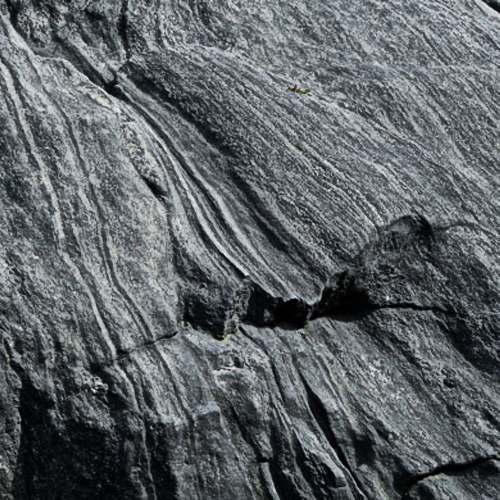Arches. YANNICK DAUBY
(Touch 2011)
Wolves have occupied a special place in the mythologies of cultures around the world since time immemorial. Ancient stories of wolves are often divided into those which describe them as either agents of good or evil. Roman and Turkish foundation myths describe their descendants being raised by wolves, whilst Islamic, Scandinavian and western European cultures highlight their malevolent side. In the Bible there are 13 references to wolves which metaphorically illustrate human greed, lust, and dishonesty. From this it is no surprise that the howl of the wolf is culturally loaded. The listener reacts to the wolf’s call in ways prescribed by their dominant culture, with feelings of fear or respect.
It was with this knowledge that Yannick Dauby visited a wolf rehabilitation centre in France in 2010. This visit became the genesis of Arches, a 25-minute composition which celebrates the many variations of wolf vocalisations. The title for the work refers to the melodic line of the wolf’s howl which, on a still night, can be heard over 15 kilometres. Dauby recorded a number of wolves at the French sanctuary in the darkness of night and early morning. These were later mixed to create this extremely emotive and unsettling work.
Arches is divided into four clearly defined movements, each exploring the varieties of sonic interactions between wolves. Beginning at a distance the audience is gradually guided closer to a wolf pack with each successive movement so that we are eventually posited uncomfortably close to their growling throats.
In the first movement Dauby establishes a gothic sense of the wolves wild and inhospitable territory through the sound of wind passing through trees. This is accompanied by a ghostly processed tone, reminiscent of an aeolian harp, which reinforces the primeval atmosphere. This tone features in other forms throughout the composition.
The sound of wolves howling in the distance introduces the second movement. Again a processed tone is juxtaposed with the field recordings, adding an element of weight and tension as it slowly and almost imperceptibly descends into hushed static. We are alone in the night with these distant and forbidding sounds, feeling equally awestruck and disturbed. The tension is continued in the third movement as we move closer to a seemingly vicious interaction between dominant and submissive wolves. Meanwhile an airy discordant drone floats uneasily in the background.
The fourth movement discards the processed tones in favour of layered field recordings. In this final section Dauby moves us another step closer to the wolves as we hear them howling, barking, growling and whimpering next to the microphones. The collective mass of these sounds is overwhelming, further increasing a sense of reverence and dread in the listener. By strategically positioning these recordings alongside those of ravens Dauby reminds us of the wolf’s place in our dark mythologies.
It is impossible to listen to Arches without considering our historical relationship with the wolf. Even for those who have never heard a wolf in the flesh it is hard to escape our culture’s way of interpreting it. In many parts of the world the wolf is endangered due to earlier government bounties and the expanding urban sprawl. Listening to Arches it is hard to imagine the absence of this animal in the soundscape of Eurasian and north American nights. It is with works such as this that field recording and sound compositions find their inherent worth, forcing us to listen to the familiar in new ways.
-Jay-Dea Lopez


